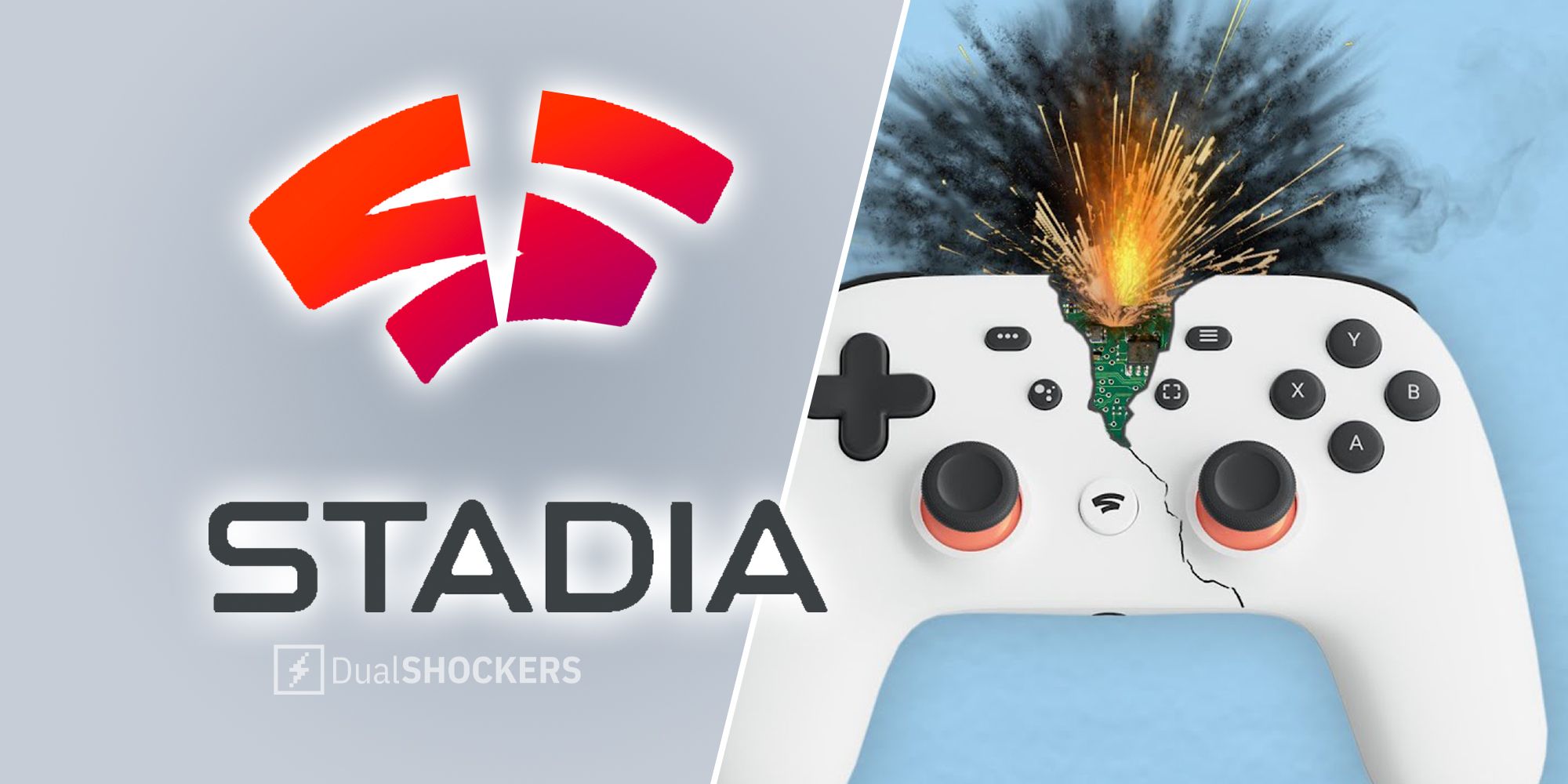Hey Ho, the Stadia’s dead! Too soon? Nah, don’t think so. The less subscriptions that tie you into Google’s data-harvesting ecosystem, the better. Beyond the actual cloud gaming itself (which Stadia did pretty well), there wasn’t much to like about the platform: its business model meant any games you bought only worked with Stadia, its generic controller only works with Stadia games, and it overshadowed existing cloud gaming options that seemed more sincere in opening gaming up to more people.
Most of all, I disliked Google’s lies about their so-called “commitment” to the platform even as it was clearly failing. The Verge conveniently listed every time Google said it was committed to Stadia and, well, let’s just say it’s a pretty long read. The highlight is probably a Google spokesperson Justin Rende saying that a rumour that Stadia would be shut down by the end of the summer was “false” and for the world to “expect more news from Stadia in the coming weeks and months.”
Well, technically Stadia’s closure wasn’t announced until a week after the end of summer, and we did indeed get ‘more news’ from Stadia – namely that it’s closing down. Smooth, Google. Very smooth.
As someone who’s been following cloud gaming ever since 2011 when, on a 10MBps internet connection, I’d try in vain to play The Witcher 2 on my laptop via OnLive, I’ve been monitoring its evolution with interest. I think one of the most egregious things about Stadia was the fact that it overshadowed great services like GeForce Now, which was offering a more customer-friendly approach to cloud gaming before Stadia was even a cheeky glimmer in Google’s eye. Now that it’s gone, maybe cloud gamers can once again turn their attentions to Nvidia’s offering.
The key thing about GeForce Now is that it doesn’t lock you into an ecosystem. It instead pulls games from your Steam, GOG, Epic, EA, and myriad other PC platforms. That means that you can freely shop around on the web for the best deals on a given game (I recommend Is There Any Deal to compare prices between all legal key sellers), and then you actually own the game. So if GeForce Now shuts down, you still have those games. In fairness to Google, it’s refunding any games, DLC, and even hardware, so hopefully there’ll be no monetary loss for people who chucked money at the doomed service.
Granted, GeForce Now’s games collection isn’t infinite (though it numbers over 1000 at this point), and in the unlikely case that GeForce Now shuts down you might not have the immediate means of playing those games (beyond buying a PC, you could retrieve your collection via other cloud PC services like Shadow), but the point is that they’re still your games and you can buy them wherever you please. GeForce Now simply enables you to play games you already own via the cloud, rather than sequestering you away like Stadia did.
The freedom of GeForce Now does come at a price. You can essentially have an unlimited trial of the service on its free tier, where you can play any game on GeForce Now but may need to wait in a queue to join a game, and you’ll be kicked out after an hour (though you can log back in immediately after). For six-hour session length and priority server access, you pay the same as you would for a Stadia Pro subscription ($10/month), but you only get up to 1080p at 60fps as opposed to Stadia’s 4K at 60fps.
To surpass the Stadia’s visual fidelity with GeForce Now, you’ll need to pay $20/month, which lets you play at 4K with up to 120 fps on an RTX 3080 rig. It’s top quality, but understandably Stadia expats may balk at that price (especially as you’re unlikely to be maxing out that 120 fps resolution at 4K on many games).
So sure, GeForce Now may not be perfect, but for those playing on PC, mobile, even their smart TVs, it really is the best dedicated cloud gaming option at the moment. There’s a good reason it’s a standalone product whereas cloud gaming on both Playstation and Xbox has been merged into both platforms’ respective subscription packages. The limitations of Sony and Microsoft’s offerings means they work best as filler material, whereas GeForce Now offers the full power of a gaming PC and the relative freedom of the PC gaming market.
The main limitation of GeForce Now is that even though it basically functions as a gaming rig and relies on other platforms to actually play games, it doesn’t let you play literally anything on your PC. In the beta stages of GeForce Now you could simply browse, say, Steam, and cloud-install whatever game you liked, but that got reeled in later on, and when the service first came out of beta there was a fair bit of controversy as publishers began pulling their games from the platform claiming that they never gave permission for their games to feature on GeForce Now. It was a weird situation, given that GeForce Now wasn’t actually selling these games, and in fact would’ve meant more people buying them, but suffice to say there were teething issues.
GeForce Now has recovered since then however, with far more games arriving on the platform than disappearing from it (though that’s a risk that you have to consider). It may not be perfect, but it’s a cloud gaming platform designed to open up PC gaming to more people. With thousands of former Stadia gamers looking for a new home, they could do a lot worse than use those Stadia refunds to shop around, buy the games they lost – or new ones – at actually competitive prices, and give GeForce Now a try. Who knows? With Stadia gone we may even see a new competitor enter the suddenly spacious cloud gaming space.



.png)
